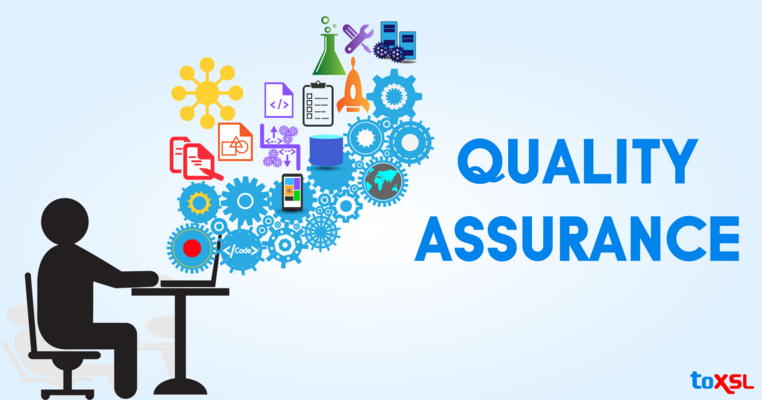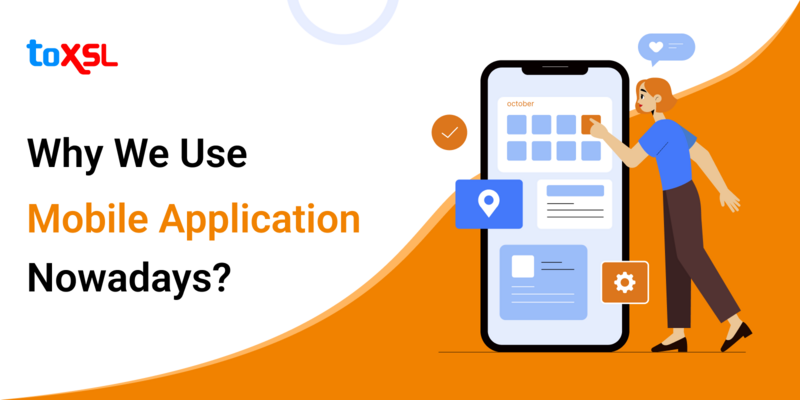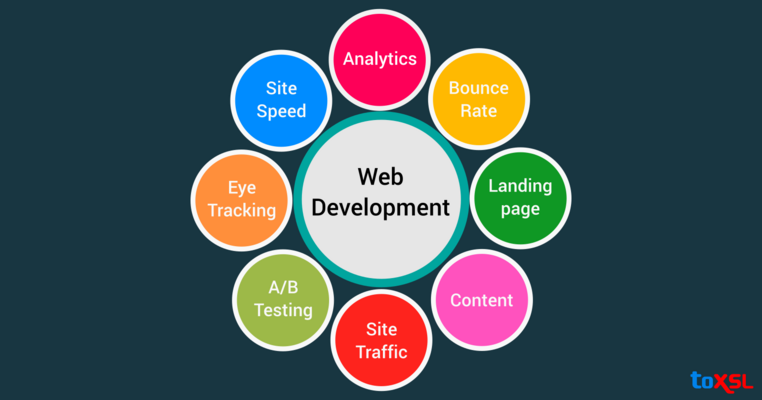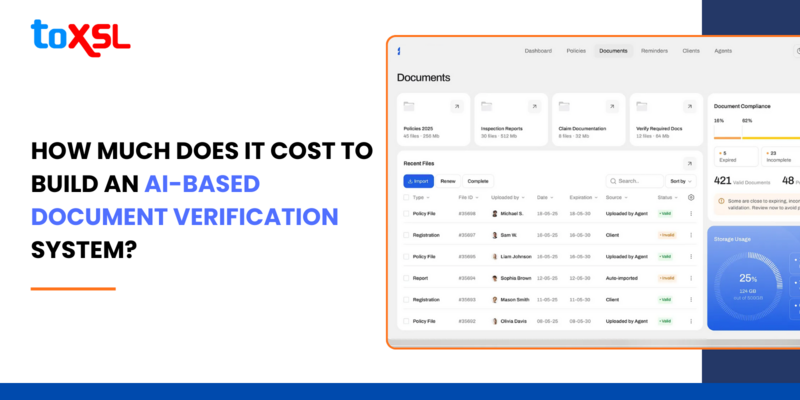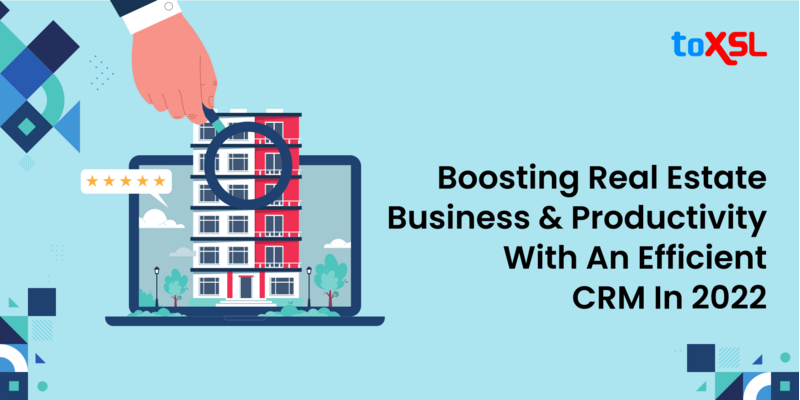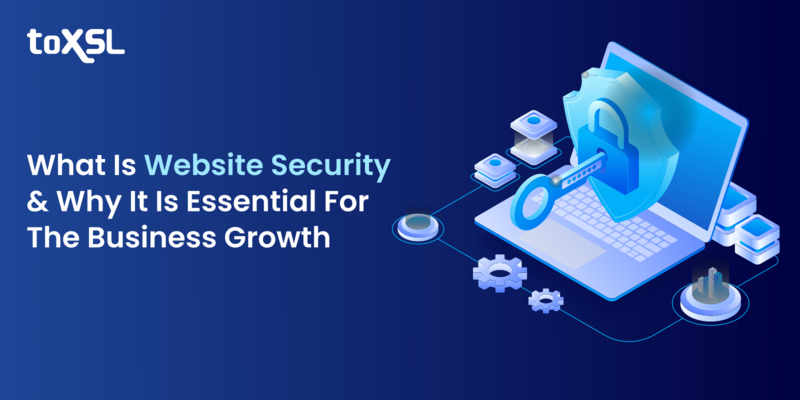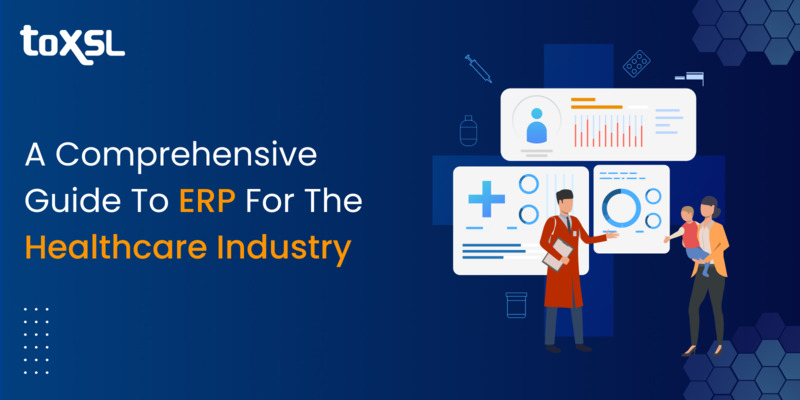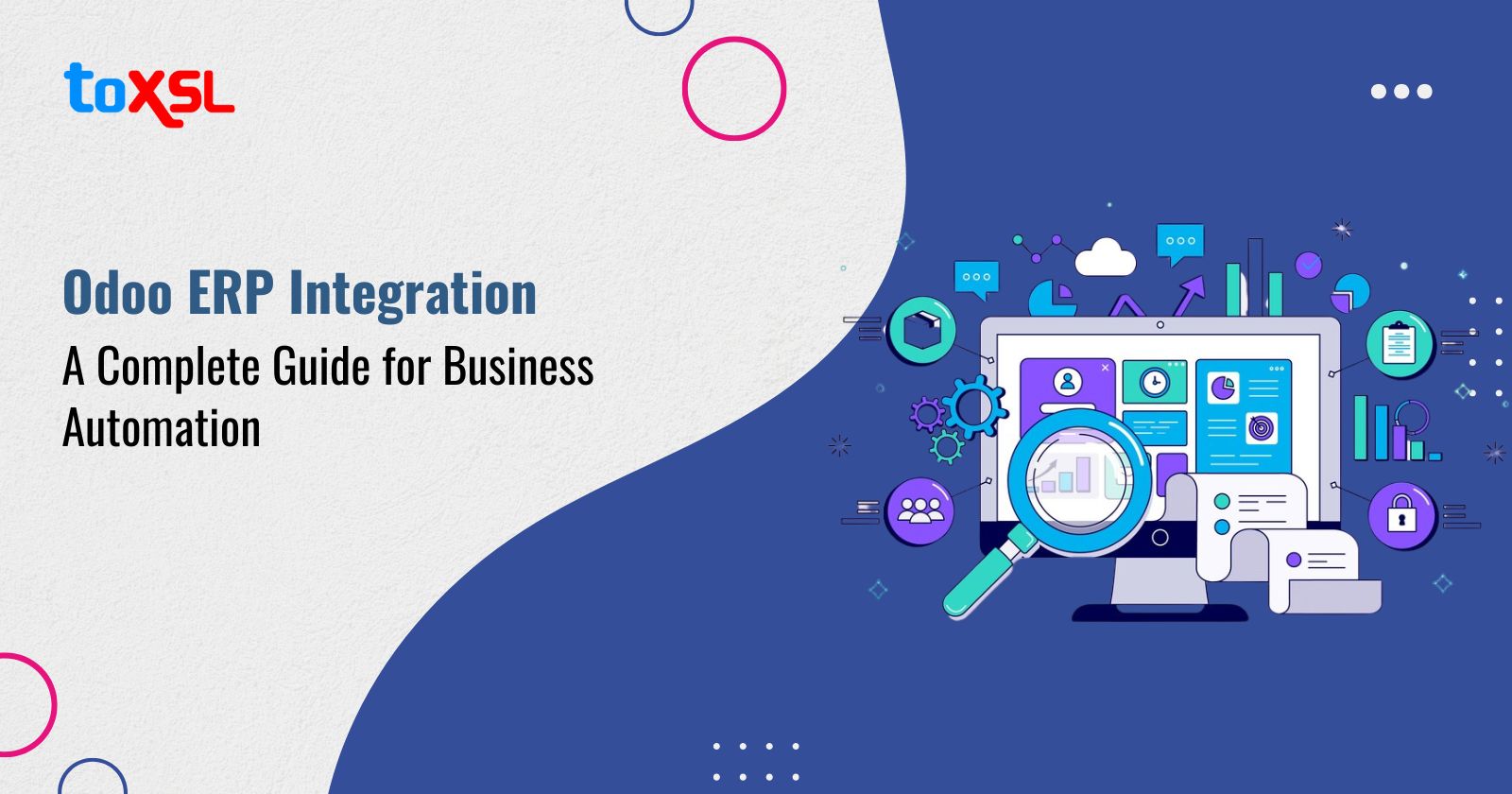
Odoo ERP is a powerful enterprise resource planning software designed to streamline business operations, automate workflows, and enhance efficiency. With its modular structure and robust features, Odoo has become a preferred choice for businesses across industries. This guide provides an in-depth exploration of Odoo ERP integration, highlighting its features, benefits, modules, and implementation process.
Benefits of Odoo ERP Integration
Integrating Odoo ERP into your business brings transformative benefits that optimize operations and drive growth:
1. Enhanced Data Visibility & Centralization: Imagine your business information was spread out in a way that sales had one system, accounting another, and inventory a third. That made it hard to see the whole picture. Odoo helps us fix this by connecting all those different systems and collecting all the information in one place. Now, everyone can see what's happening in the business, the boss, the sales team, everyone.This helps businesses avoid mistakes, make better decisions, and keep everyone on the same page.
2. Streamlined Business Processes & Automation: Odoo can do a lot of the work that people currently do by hand. For example, when a salehappens, Odoo can automatically update the inventory, create an order, and send an invoice, without typing anything in. This helps businesses avoid mistakes, gives employees more time for important tasks, and makes the whole business run faster.
3. Improved Customer Relationship Management (CRM): Connecting Odoo to the current system for managing customers gives businesses a complete picture of each customer. Your sales team can see everything about a customer, what they've ordered, any problems they`re having, and their bills, all in one spot.
4. Enhanced Inventory Management & Reduced Costs: Connecting Odoo to the inventory system helps businesses track stock levels easily. Businesses can see how much you have, know when to order more, and predict future needs. This prevents problems such as running out of products or having too much stock sitting unused. By keeping a close watch on your inventory and avoiding losses from old or damaged goods, businesses can save money and make your business more profitable.
5. Improved Financial Reporting & Accuracy: Odoo's integration with the accounting system guarantees that financial statistics are correct and up-to-date. Sales data automatically flows into your accounting records, eliminates manual information entry, and reduces the threat of errors. Businesses benefit from a real-time view of their income statement, balance sheet, and cash flow, permitting them to make informed financial decisions.
6. Increased Collaboration & Communication: Connecting Odoo helps teams work better together. For example, the sales team can easily share information with the production team, so orders get filled quickly. Tools for talking internally, all in one place, reduce the chances of misunderstandings and delays. A shared platform makes things more open and develops a feeling of teamwork, leading to good coordination and quicker solutions to problems.
7. Scalability and Flexibility for Future Growth: With the growth of businesses, it gets easy to add new tools. Also, it is easy to link present tools with the new ones. Odoo is designed to be adaptable. Businesses can change it to work exactly how you need it to. This means your system can grow right along with your company, always helping you succeed, and adjusting to changes in the business world.
Key Features of Odoo ERP
Odoo ERP stands out due to its comprehensive features tailored to meet diverse business needs. Below are the detailed aspects of its core functionality:
Modular Design: Odoo offers over 30 integrated modules, including Accounting, CRM, Inventory Management, HR, and e-commerce. Each module serves a specific business function, allowing companies to select only the apps they need and expand as their requirements grow. This modularity ensures flexibility and scalability.
Ease of Use: The software features an intuitive drag-and-drop interface that simplifies complex processes. Its user-friendly dashboards make navigation easy for employees with minimal technical expertise. Additionally, graphical reports and pivot views enhance data visualization for better decision-making.
Customizability: Businesses can customize workflows using Odoo Studio or APIs to meet unique operational needs. The open-source Community edition provides additional flexibility for developers to modify the software’s code according to specific requirements.Deployment
Options: Odoo supports multiple deployment methods, including cloud-based SaaS (Odoo Online), hybrid models like Odoo.sh, and on-premises installations. This versatility ensures compatibility with various infrastructure setups.
Mobile Access: Native apps for Android and iOS enable employees to access real-time data remotely. This feature ensures operational continuity and empowers teams to manage tasks efficiently while on the go.
Cost-Effectiveness: The Community edition is free for users, while the Enterprise edition offers advanced features at competitive pricing. This affordability makes Odoo accessible to businesses of all sizes.
Step-by-Step Guide to Odoo ERP Integration
Implementing Odoo ERP requires careful planning and execution. Below is a detailed step-by-step guide to ensure successful integration:
Plan What You Want to Do: Before you start, figure out exactly what you want Odoo to connect to and why. For example, do you want it to share customer information from another system, or automatically process orders? Writing this down helps avoid confusion later. Also, decide how you're going to measure if it's working well.Learn About the Systems: You need to understand both the system you're connecting to Odoo and how Odoo works. Learn about their connection methods (like how they share information) and any limits they have.
Connect the Information: This is the most important part. You need to match the information from one system to the right place in Odoo. Sometimes, you need to change the information a little bit to make it fit. Keep a list of what connects to what – it will be very helpful later.
Keep Things Secure: Make sure you connect the systems safely. Use strong passwords and don’t put them directly into any code. Give the connection only the access it needs.
Build and Test: Write the code to connect everything, but start small. Test it carefully in a safe area before you use it for real. Check everything to make sure the information is correct.
Handle Problems: When something goes wrong, write down what happened, including the date and time. This will help you fix it quickly. If a problem happens temporarily, try connecting again automatically. Set up alerts so you know when there's a problem.
Set a Schedule: Decide how often you need the information to update - right away, every few minutes, hourly, or daily. Let the connection run automatically and keep an eye on how it’s working.
Write It Down: Document everything you did, including how the systems connect and what code you used. This helps others understand and maintain the connection. Also, update the documentation when systems change.
Why You Need an Odoo Implementation Partner
However, Odoo is user-friendly, and partnering with an implementation expert can significantly enhance the process:
- Businesses understand how to customize modules as per their business needs without interrupting workflows.
- Odoo partners ensure a smooth transfer of data from legacy systems while maintaining accuracy.
- Partners offer comprehensive training sessions for employees across departments alongside technical assistance during critical phases of implementation.
- With expertise in handling integrations across industries, Odoo's partner reduces implementation time by streamlining processes.
Measuring the Success of Odoo ERP Integration
To evaluate the impact of your integration efforts:
- Operational metrics assess reductions in manual tasks and improvements in workflow automation.
- Financial indicators monitor revenue growth and cost savings achieved through streamlined processes.
- Customer satisfaction scores measure improvements in service quality using surveys or feedback tools.
- Employee productivity levels track how automation has impacted employee output across departments.
- ROI analysis calculates return on investment by comparing implementation costs against benefits derived over time.
Conclusion
In conclusion, Odoo is a helpful program that can save money, adapt to your needs, and is easy to use. It helps businesses work faster, manage things like stock and customers, and do things automatically. To learn more and see how Odoo can improve your business, contact ToXSL Technologies today. Contact ToXSL Technologies today and let us help you automate business and make it smarter with Odoo ERP today.
FAQs
1. What is Odoo ERP Integration, and why is it important for businesses?
Odoo ERP Integration is the process of connecting the Odoo enterprise resource planning system with various business applications to streamline operations. It enables businesses to automate key processes like sales, inventory, finance, and customer management, reducing manual efforts and improving efficiency. By integrating Odoo ERP, businesses can manage all their operations from a single platform, ensuring better productivity, accuracy, and real-time data access for informed decision-making.
2. What are the key benefits of integrating Odoo ERP with my business systems?
Integrating Odoo ERP brings multiple advantages, including automation of repetitive tasks, centralized data management, and improved operational efficiency. It enhances decision-making by providing real-time insights and reports while ensuring seamless communication between different business departments. Additionally, it allows businesses to scale effortlessly by integrating new tools and adapting to market changes, ultimately improving overall performance and profitability.
3. What systems can be integrated with Odoo ERP?
Odoo ERP can be integrated with various systems to enhance business functionality, including e-commerce platforms like Shopify, WooCommerce, and Magento, CRM software like Salesforce and HubSpot, and accounting tools like QuickBooks and Xero. It also supports payment gateway integrations such as PayPal and Stripe, along with third-party APIs for marketing, analytics, and social media. These integrations ensure smooth data flow and better coordination across different business operations.
4. How long does it take to integrate Odoo ERP into a business?
The time required for Odoo ERP integration depends on the complexity of the business requirements and the number of systems involved. A simple integration can take a few weeks, while a more advanced setup with multiple applications may take a few months. Choosing an experienced Odoo ERP integration provider, like ToXSL Technologies, ensures a faster and more efficient implementation process with minimal disruptions to business operations.





